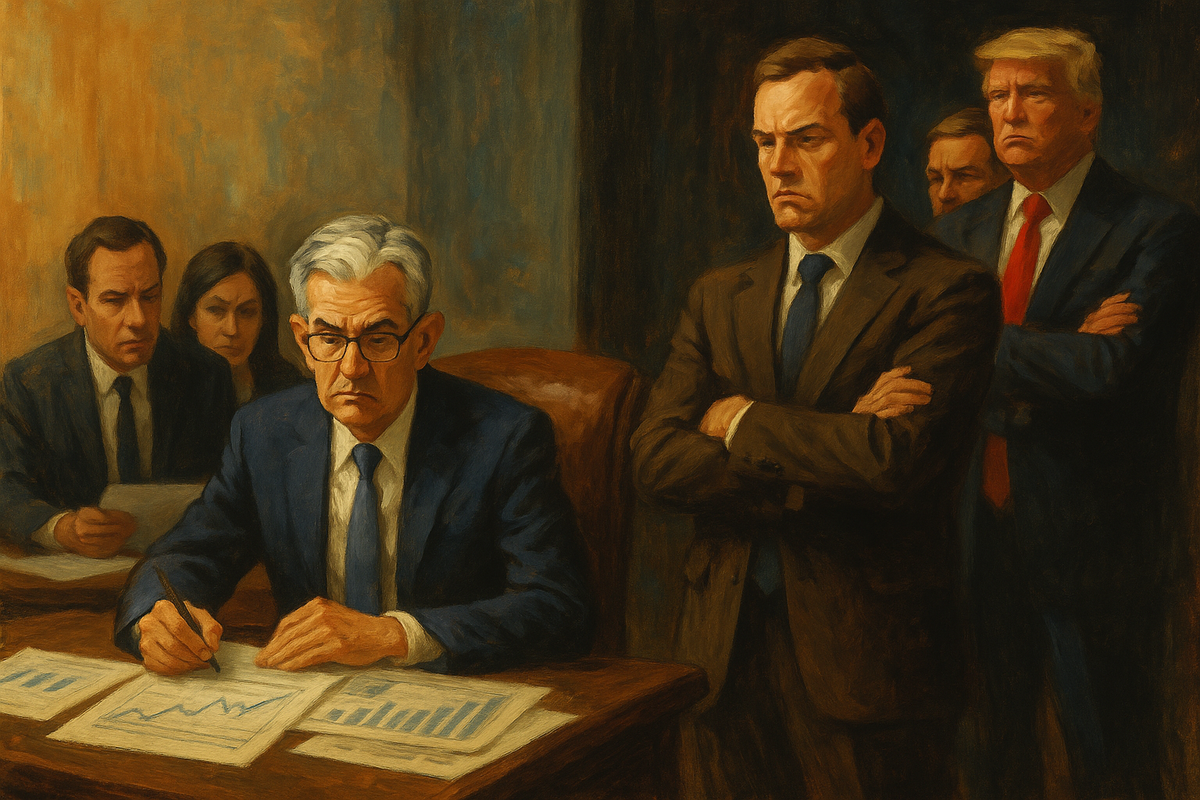Fed Holds Steady but Faces Rare Internal Split, Clouds September Cut Odds

Key Takeaways for Investors (TL;DR)
- No change in rates, but two dissents signal rising pressure to ease.
- Language and tone hint at a dovish lean, but no firm guidance.
- Labour market deterioration remains the key trigger for cuts.
- Tariff-related inflation complicates the Fed’s reaction function.
- Market sees cuts coming, but timing now more uncertain.
The Federal Reserve kept interest rates unchanged for the fifth consecutive meeting, holding the federal funds target range at 4.25%–4.50% in its July 30 decision. But the spotlight was on the rare dissent from two Fed governors, the first such split in over three decades, as political pressure mounts from President Trump ahead of the election.
Two Fed Governors Break Ranks
Governors Christopher Waller and Michelle Bowman voted in favour of a 25 basis points cut, arguing that policy is too tight given signs of a cooling labour market. Both have recently echoed Trump’s growing criticism of the Fed’s high-rate stance. While the Fed is independent, the dissent hints that political influence may be seeping into the conversation, especially as tariffs and labour market uncertainty intensify.
Fed Chair Jerome Powell pushed back subtly, describing policy as only “modestly restrictive” and reiterating the central bank’s data-dependent approach.
Dovish Shift in Fed Language
The FOMC statement reflected a slight dovish tilt:
- The economy is now described as having “moderated in the first half of the year”, replacing the previous “solid pace” language.
- On inflation risks, the Fed softened its tone, saying uncertainty “remains elevated” — dropping the earlier reference to risks having “diminished.”
This shift signals that the Fed is opening the door to future easing, though inflation concerns remain.
Powell Press Conference: Data First, Patience Always
At the press conference, Powell declined to pre-commit to cuts, saying inflation from new tariffs may prove short-lived but the Fed needs more data before moving. He acknowledged “downside risks to the labour market”, a signal that weak job data could tilt the balance toward easing.
The cautious tone likely reflects lessons from 2021, when the Fed misjudged inflation as “transitory.”
Rate Cut Outlook: September in Doubt
Tariffs complicate the Fed’s path. While consumer spending is faltering and employment is softening, tariff-related inflation is a key risk. If companies absorb cost pressures to avoid raising prices, margins could shrink, potentially triggering layoffs and further weakening the labour market.
Consensus still sees the Fed cutting twice by year-end, but the September move is no longer a lock.
Comments ()